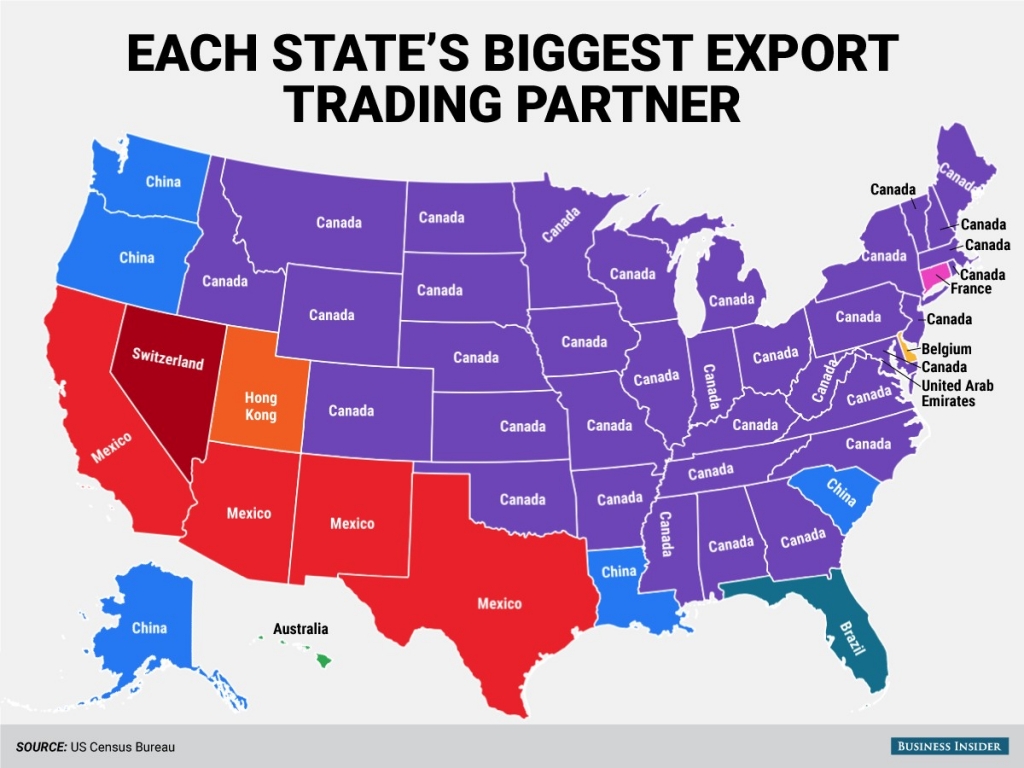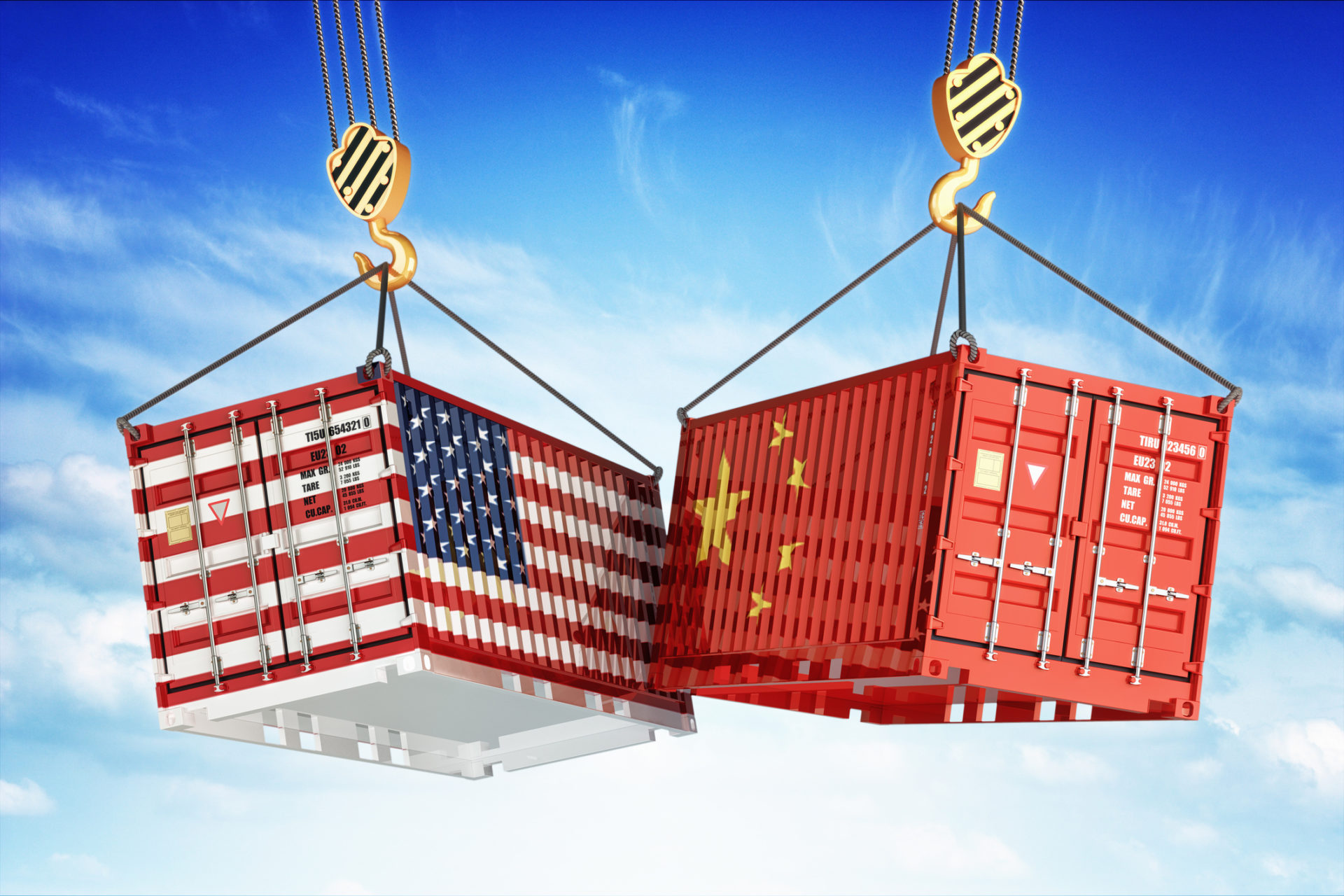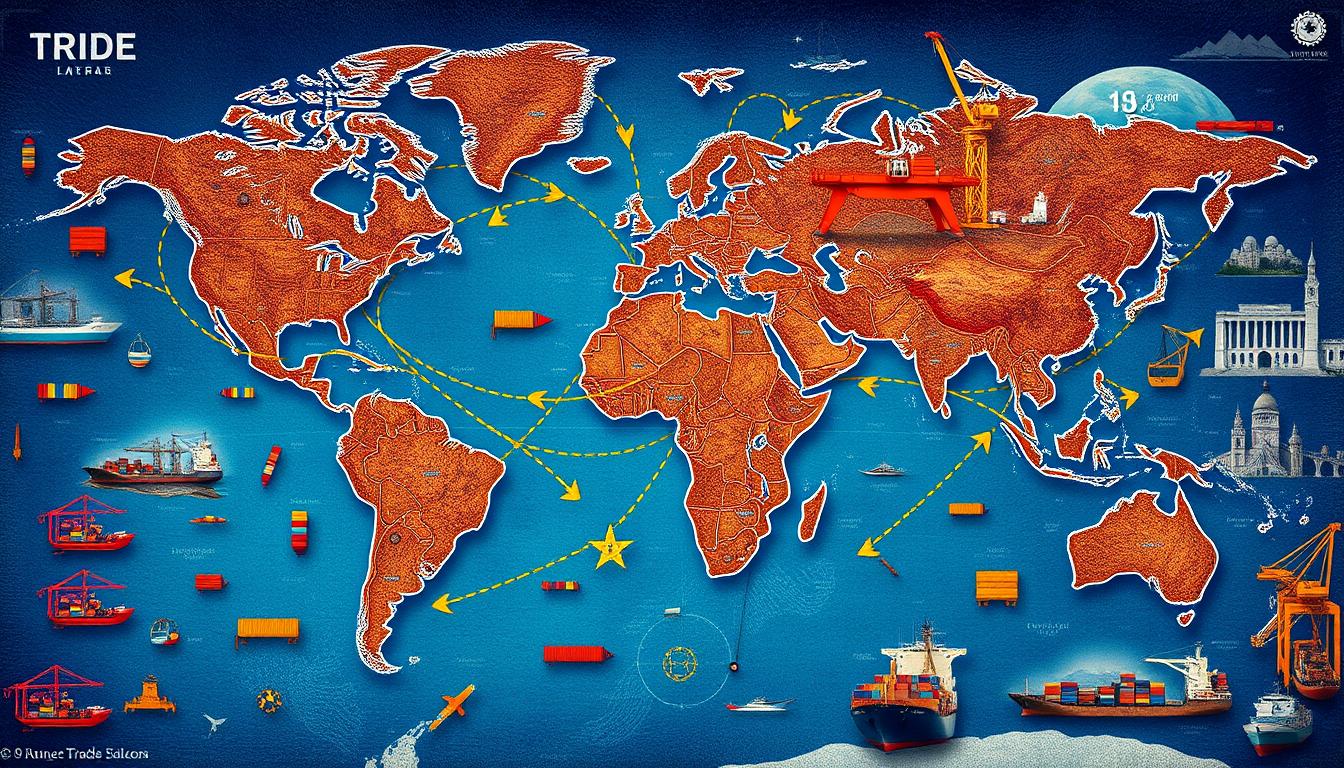International Trade Tariffs: A Beginner’s Guide The world’s economy is built on the free flow of goods and services across borders. This global exchange has fostered unprecedented growth, improved living standards, and promoted innovation. However, the seamless movement of goods is not always as smooth as it seems. International trade tariffs are one of the key factors that influence global commerce, shaping the dynamics between countries. But what exactly are these tariffs? How do they work? And what impact do they have on the global economy?

What Are International Trade Tariffs?
At their core, tariffs are taxes imposed by a government on imported goods and services. The primary aim of international trade tariffs is to regulate foreign trade by making imported goods more expensive. This is typically done to protect domestic industries from foreign competition, raise revenue for the government, or influence international relations.
Imagine you run a bakery in a country where a specific kind of flour is imported from another nation. If your government imposes a tariff on that imported flour, it raises the price of the flour. On the other hand, higher prices might mean consumers pay more for bread, influencing demand.
Tariffs can also be used as a tool of diplomacy. Countries may impose tariffs as a way of pressuring trading partners into complying with certain regulations or agreements. While tariffs are often seen as a negative element of trade, they are complex tools that governments use strategically.
Types of Tariffs
Tariffs come in various forms, and understanding these types is crucial to grasping how international trade tariffs affect global commerce. The most common types include:
1. Ad Valorem Tariffs
An ad valorem tariff is a percentage of the value of the imported goods. For example, if the tariff is 10% and the value of the imported product is $100, the tariff will be $10. This type of tariff is the most common and is used by many countries to control the flow of goods based on their market value. It’s relatively simple to calculate and provides a consistent way to tax imported goods, regardless of their quantity or specific attributes.
2. Specific Tariffs
Specific tariffs are fixed fees levied on each unit of a product, regardless of its value. For example, a tariff of $5 per unit of a specific type of smartphone would apply, no matter whether the phone costs $300 or $500. Specific tariffs are typically used for bulk goods like raw materials, agricultural products, or other commodities where the quantity of items is easily measurable.
3. Compound Tariffs
As the name suggests, compound tariffs combine both ad valorem and specific tariffs. In this case, the importer will be required to pay both a fixed amount per unit and a percentage of the value of the goods. For example, a country might impose a compound tariff of $3 per unit plus 5% of the value of imported televisions. This structure allows governments to raise revenue while also ensuring that high-value imports are taxed accordingly.
4. Anti-Dumping Tariffs
Anti-dumping tariffs are special tariffs imposed to counteract the sale of imported goods at unfairly low prices. Dumping occurs when a country exports goods at prices lower than their domestic market value, often to gain a competitive advantage. To protect local industries, governments may impose anti-dumping tariffs on such imports, effectively raising their prices and restoring fair competition in the market.
5. Retaliatory Tariffs
Retaliatory tariffs are imposed as a reaction to another country’s tariffs or trade practices. If one country levies high tariffs on another’s products, the affected nation may respond with retaliatory tariffs. Retaliatory tariffs can escalate quickly, disrupting markets and trading relationships.
Why Do Governments Impose Tariffs?
Governments impose tariffs for a variety of reasons, each reflecting a different strategic objective. Here are some of the main reasons for imposing international trade tariffs:
1. Protecting Domestic Industries
One of the primary reasons for imposing tariffs is to protect domestic industries from foreign competition. When foreign goods are cheaper, they can flood local markets, making it difficult for domestic producers to compete. By imposing tariffs, governments can make imported goods more expensive, giving local producers a better chance to thrive.
This protectionism, while controversial, can be especially important for emerging industries or sectors deemed crucial to national security.
2. Raising Government Revenue
Tariffs are also an important source of revenue for many governments, particularly in developing countries. In places where income taxes or other forms of taxation are difficult to collect, tariffs can serve as an essential revenue stream. By taxing imports, governments can generate funds to support infrastructure projects, public services, or social programs.
3. Political and Strategic Reasons
Tariffs can be used as tools of political leverage. Governments may impose tariffs on products from specific countries to express disapproval of their policies or to retaliate for perceived unfair trade practices. This is commonly seen in trade disputes between major economies, where tariffs are used as pressure tactics to encourage negotiations or compliance with international rules.
For example, a country might impose tariffs on another nation’s exports as a response to human rights abuses or environmental violations, hoping to bring about a policy change through economic pressure.
4. Promoting National Security
National security concerns are another reason why countries impose tariffs. Some industries, such as defense manufacturing or energy production, are vital to a country’s security, and governments may impose tariffs on foreign goods in these sectors to protect local production. By ensuring that essential industries are domestically produced, countries can reduce their reliance on foreign powers for critical resources.
For instance, tariffs might be levied on the import of defense-related technologies, ensuring that the nation maintains its ability to produce these goods within its borders.
5. Reducing Trade Deficits
A trade deficit occurs when a country imports more goods and services than it exports, resulting in an outflow of currency. Some governments impose tariffs as a way to reduce the trade deficit, thereby encouraging domestic consumption of locally produced goods. The goal is to balance imports and exports, thus stabilizing the nation’s economy.
How Tariffs Affect Consumers and Businesses
While tariffs may serve important policy goals, they also come with significant implications for both consumers and businesses. Let’s explore how international trade tariffs can impact the economy at both the micro and macro levels.
1. Impact on Prices
The most immediate effect of tariffs is the increase in prices of imported goods. Since tariffs make foreign goods more expensive, consumers may end up paying more for these products. For example, if a country imposes a tariff on imported cars, the price of foreign cars will rise, and consumers may turn to domestic alternatives, which may also be more expensive than before.
This price increase can have ripple effects throughout the economy. When consumers pay more for goods, they have less disposable income to spend on other products, leading to lower demand in other sectors.
2. Reduced Variety of Goods
When tariffs are imposed, the variety of goods available to consumers may decrease. With higher prices on foreign products, some goods may become too expensive to import, reducing the selection of goods available on the market. This lack of variety can limit consumer choices and force people to purchase products that may not meet their preferences or needs.
3. Impact on Businesses
For businesses that rely on imported goods or raw materials, tariffs can increase production costs. When manufacturers face higher costs for components, they may pass those costs on to consumers, raising the prices of finished products. Alternatively, businesses may absorb the costs, leading to reduced profit margins. In either case, tariffs create uncertainty, making it harder for businesses to plan and operate efficiently.
Additionally, businesses engaged in international trade may find themselves subject to retaliatory tariffs, which can make it more difficult to export products to foreign markets. This can limit business opportunities and reduce revenue from international markets.
4. Impact on Global Supply Chains
The global supply chain relies on the free flow of goods across borders. International trade tariffs disrupt these supply chains by making certain goods more expensive to import and export. Companies that rely on low-cost foreign suppliers for parts or raw materials may struggle to maintain profitability if tariffs increase their costs. In extreme cases, businesses may relocate their operations to other countries with more favorable trade conditions.
5. Potential for Trade Wars
When one country imposes tariffs, other countries may retaliate with their own tariffs. This can lead to a tit-for-tat situation, resulting in a trade war. Trade wars are highly damaging to global commerce, as they lead to higher costs, disrupted supply chains, and strained diplomatic relations. The longer the trade war lasts, the more entrenched the economic damage becomes.
Conclusion
International trade tariffs are an essential part of the global trading system, but their implications are far-reaching. While they may serve strategic purposes, such as protecting domestic industries, raising government revenue, or addressing political concerns, the consequences of tariffs can be complex. They affect consumers, businesses, and entire economies by raising prices, reducing market access, and distorting global supply chains.
As countries navigate the intricate world of international trade, it is essential to weigh the benefits and drawbacks of tariffs carefully. While protectionism may offer short-term gains, the long-term effects of tariffs—especially in terms of economic growth, consumer welfare, and global cooperation—must be considered.
In the end, international trade tariffs are not just a tool of economic policy but a reflection of the ever-evolving relationships between countries. Understanding how they work and how they affect the global economy is crucial for anyone involved in international business or seeking to grasp the broader trends shaping the world’s economic future.








